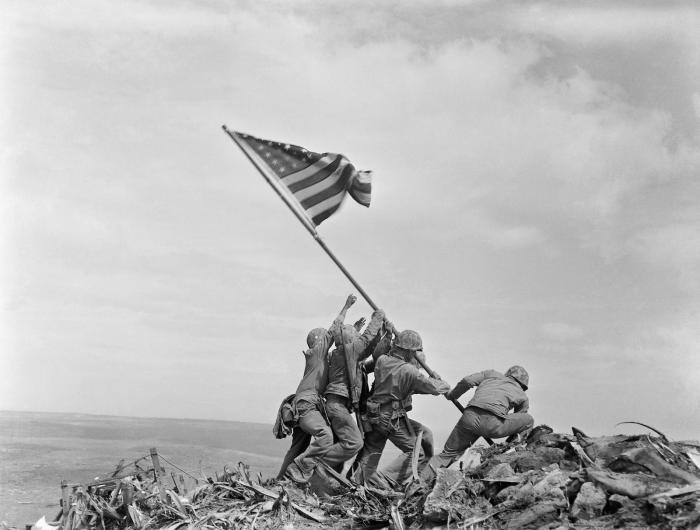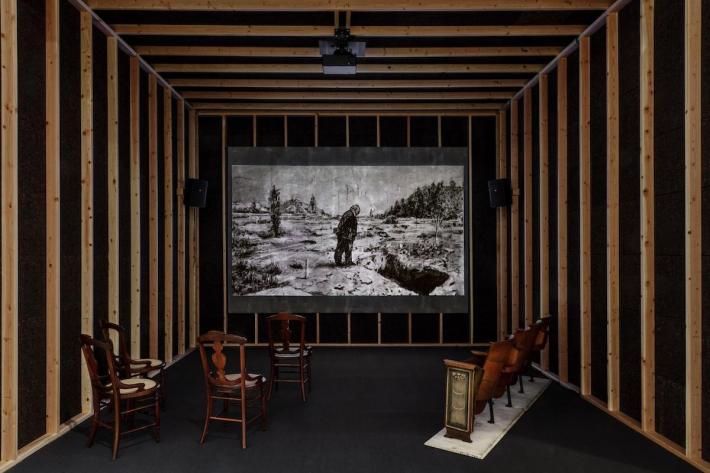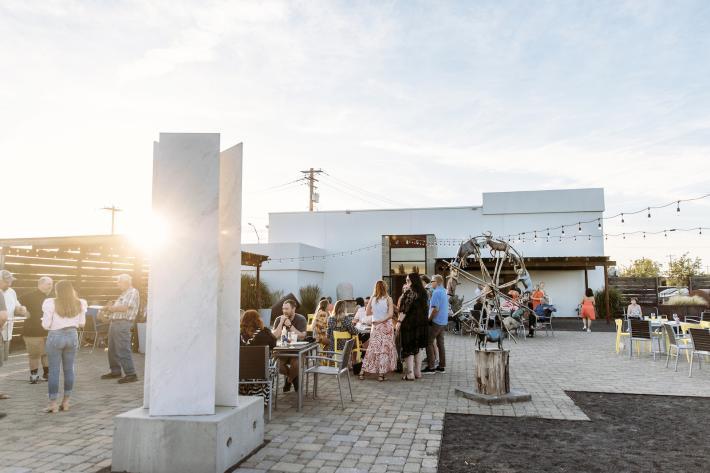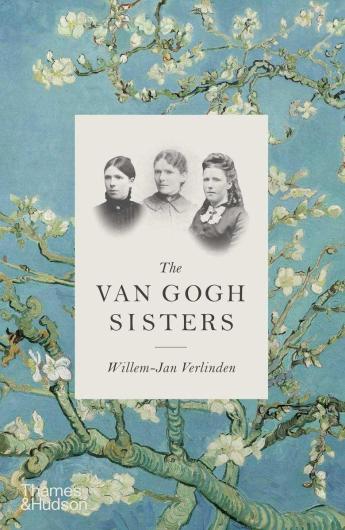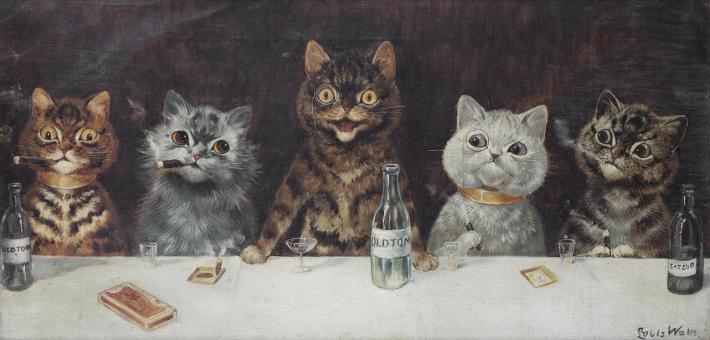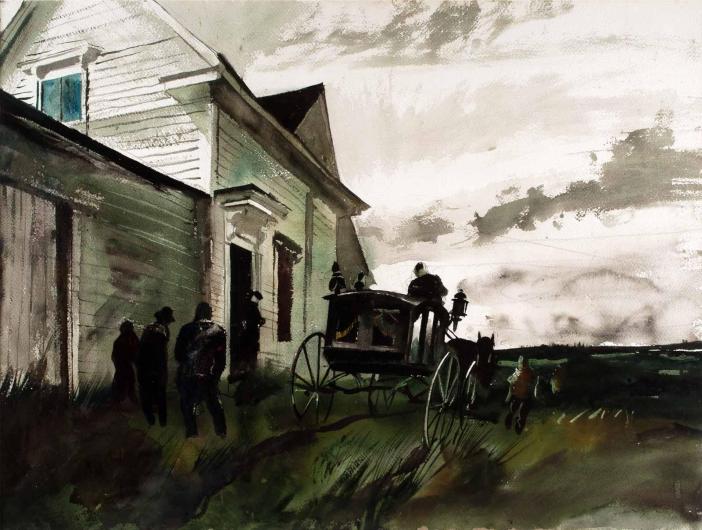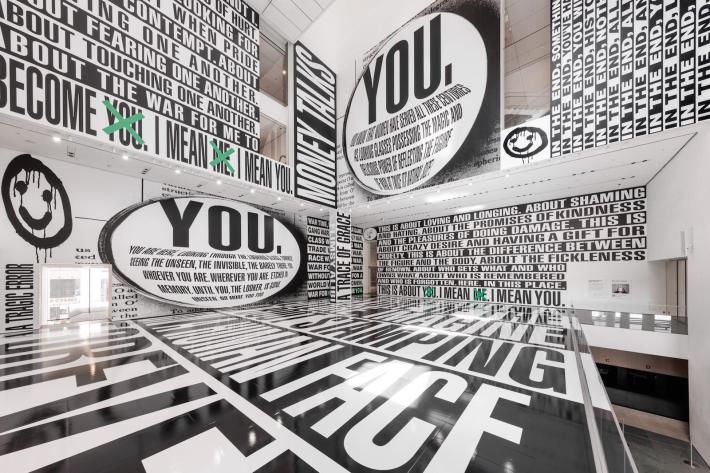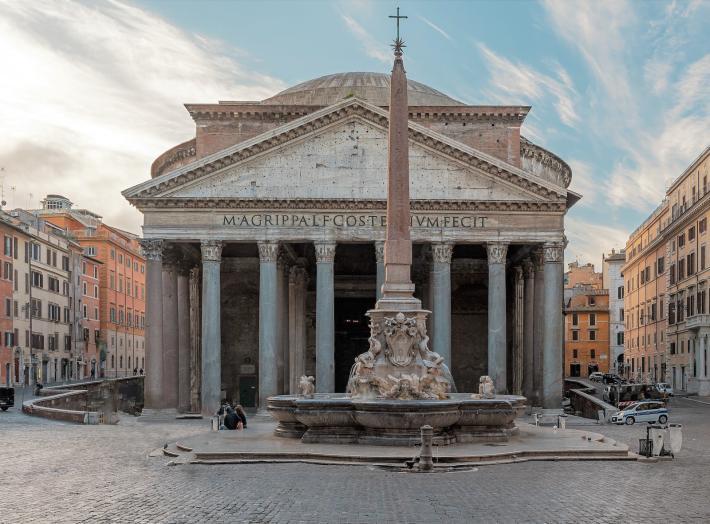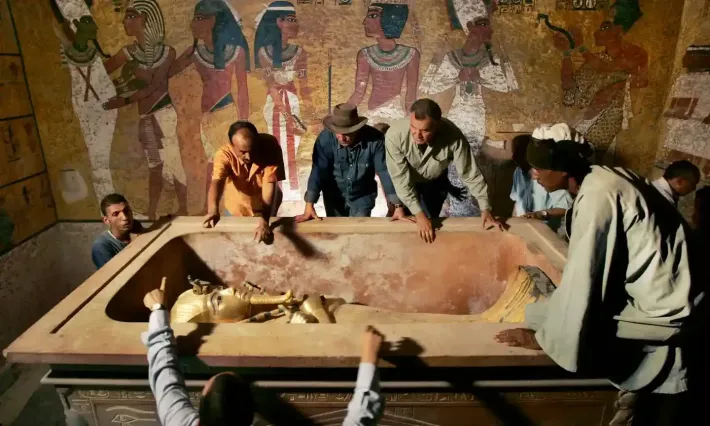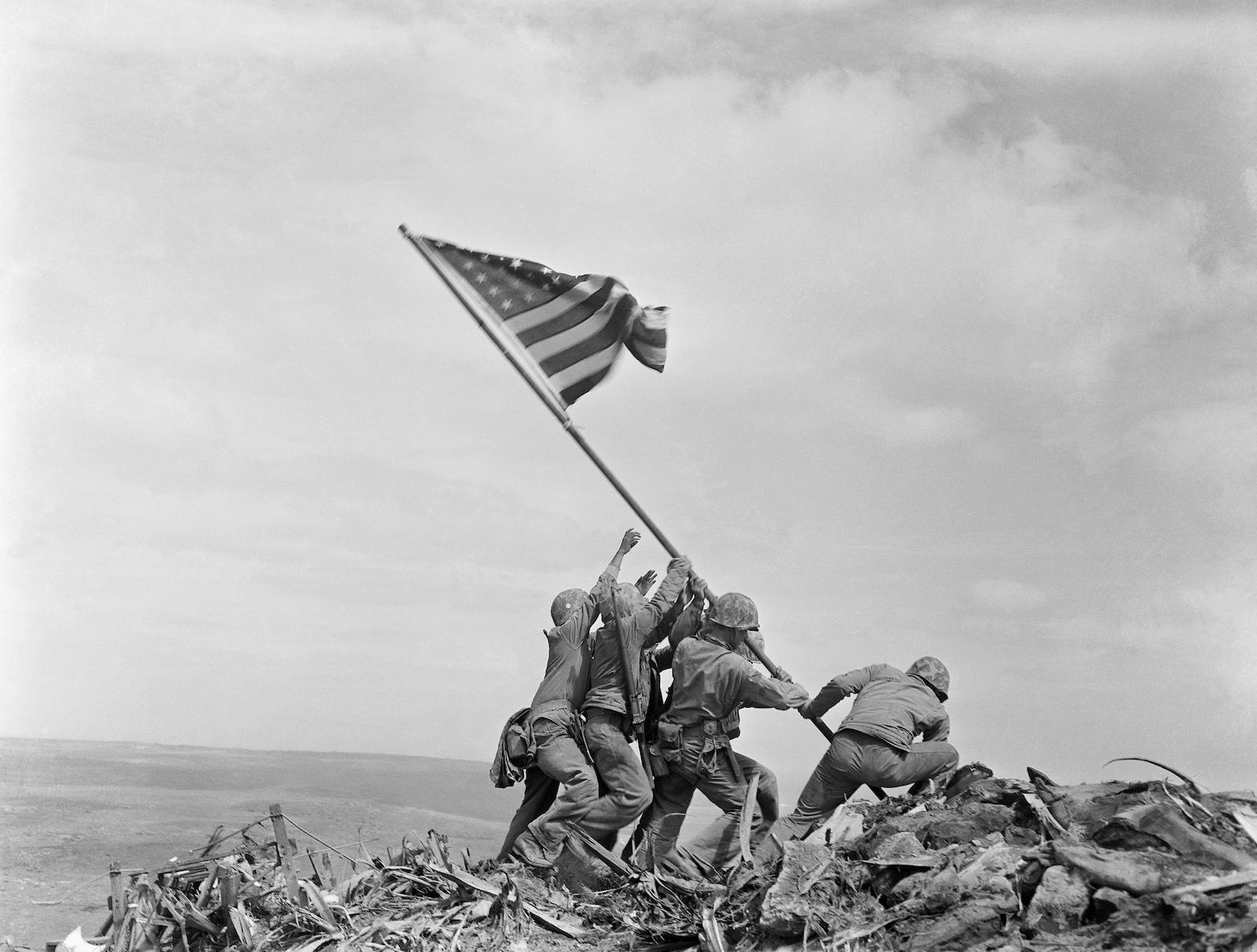
2022 was a year filled with exciting art exhibitions, new museums, and historic discoveries. Join us in bidding this year goodbye with a recap of some of our most read stories. We hope you enjoy, and we look forward to covering more art stories in the new year!
The end of WWI left the world in a tense political situation that soon generated new ambitions and rivalries. In Europe, the feelings of humiliation, together with political and economic instability, propelled some countries, such as Italy and Germany, to political extremism. The result was the suppression of political opposition, the creation of strong propaganda machines, and the start of aggressive policies on territorial expansion. The war broke out in early September 1939 with the German invasion of Poland and a consequent war declaration by France and Britain on the Nazi regime.
In terms of photographic production, WWII saw the most extensive use of professional, military, and freelance photographers. Indeed, the concept of war photographer as we intend it today was born during this conflict.
Fundamental to the art of William Kentridge is charcoal, a simple prehistoric medium that has long anchored his multi-disciplined, intellectually epic body of work. Frequently referred to as South Africa’s Goya for his rough-hewn depictions of life in Johannesburg through the politically tempestuous 1980s and 1990s, he could also be called that country’s Duchamp, Disney, or Daumier. Such comparisons are feeble and reductive.
William Kentridge is William Kentridge. His practice is best described not by words but by his work in a career survey currently showing at LA’s The Broad museum through April 9, 2023.
Because of its natural associations with creativity, craftsmanship, and pleasure, wine has long been closely aligned with art and consumers often expect to pay good money to enjoy both. While much of the world continues to open up to international tourism in 2022, many wineries have homed in on different ways they can continue integrating art into the experiences they offer visitors.
Some have built intimate galleries in their cellars to showcase the works of local artists, some have commissioned large-scale sculptures throughout their properties, and others regularly invite international artists to design immersive installations near their vineyards. Wine has historically taken center stage in this pairing, but the following ten wineries—from Northern California to South Africa, the North Island of New Zealand to the south of France—all foreground art as a crucial aspect of their identities.
Biographical texts about Vincent van Gogh tend to stress the relationship between Vincent and his brother, Theo. Their correspondence, which Theo kept filed in a large armoire, details the highs and lows of their relationship—and, more broadly, illuminates a very deep familial bond. The loving salutations and valedictions that bookended their letters—“my dear Theo,” “your loving brother, Vincent,”—have often been quoted as evidence of a seemingly singular attachment.
Although their relationship has been rightfully emphasized, their brotherly bond has overshadowed the fact that Vincent also had three sisters and another brother. His sisters, like Theo, shaped his worldview, were important correspondents, and, like all siblings, were sources of tension for the artist.
Dogs, horses, even snakes have been favored subjects of artists for centuries, but cats have been more elusive, lurking on the periphery.
All that changed in the late nineteenth century. We can thank Emmy-award-winning actor Benedict Cumberbatch for reigniting interest in the long-forgotten London-born cat artist Louis Wain (1860-1939). Cumberbatch portrays the sad, quirky artist in the 2021 film The Electrical Life of Louis Wain.
Two decades before he was interred beneath a stark black granite tombstone in Cushing, Maine, the artist Andrew Wyeth imagined his own funeral. In about fifty drawings from the early 1990s known as the “Funeral Group,” he sketched family, friends, and neighbors gathered around a coffin containing his supine corpse. These people were not just his community but his muses, from his wife Betsy wearing a broad-brimmed hand leaning over his body to Helga Testorf at the head of the coffin. Her hair is in the same long braids as in the secretive intimate portraits Wyeth created in the 1970s and 80s that caused a scandal.
Sightings of Barbara Kruger’s work in New York City have been somewhat scarce since her last exhibition in 2018 at Mary Boone Gallery (which permanently closed after its namesake owner went to jail for tax evasion), but now, Kruger is back in a big way with concurrent offerings at David Zwirner and MoMA.
The Zwirner exhibition takes up the gallery’s entire West 19th Street location, while the presentation at The Modern fills the museum’s capacious atrium. Each show presents the latest in the artist’s patented amalgams of photos, words, and punchy graphics conducting meta-textual commentary on the zeitgeist.
Ancient wonders of the world are difficult to come by. Not least because the ravages of time and society can prove beastly unkind to the monuments of humanity, but also because ‘traditional’ lists of such wonders were decided by ancient authors of the Greco-Roman tradition and only included wonders of the Mediterranean basin and near east.
Of the famous ‘Big Seven’ wonders of the ancient world, the Pyramids of Giza are the only monuments that remain extant. Other wonders such as the Temple of Artemis at Ephesus now only exist as foundations and scattered columns, while others still like the Hanging Gardens of Babylon or the Statue of Zeus at Olympia are lost completely.
So what is a wonder that one can actually see?
It is in this spirit that we share the following list of some lesser-known but no less wonderful monuments worthy of the title Ancient Wonder. This list is both accessible to the modern travel enthusiast and covers a wider span of human culture and history.
A recent discovery of hidden hieroglyphics in the ancient Egyptian tomb of King Tutankhamun could lead to the findings of Nefertiti’s body and burial chamber.
The most distinguished Egyptologists led by Nicholas Reeves found that cartouches – Egyptian hieroglyphics enclosed in an oval or oblong shape that represent the name of a monarch – describing Tutankhamun being buried by his successor Ay, had been covered by cartouches that showed Tutankhamun burying Nefertiti, the famous and beautiful Queen of Egypt, wife of King Akhenaten. This discovery, if proven true, could lead to more findings and information on the complex and hidden history of Nefertiti.
Art & Object's 2023 ranking of America's top art schools showcases the best of the best. Spanning coast to coast, featuring institutions of all sizes—this list encompasses an incredible range of schools that offer the finest in art education.
This national listing gives prominent placement to institutions like the Savannah College of Art and Design and CalArts, who have shown dedication to online and continuing education for many years. Schools that encourage interdisciplinary practice and education—such as Yale and Columbia—have also been highlighted.




